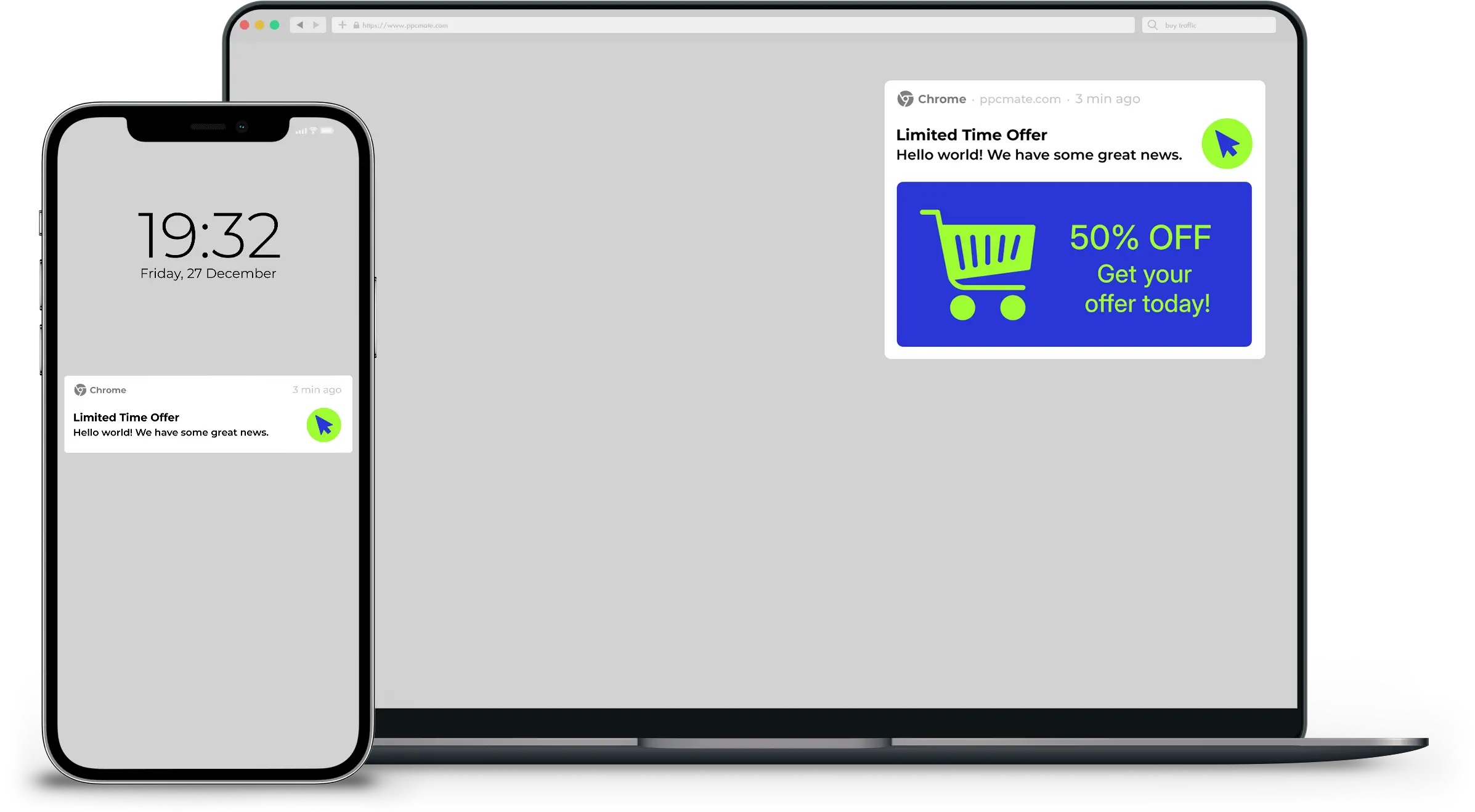Back in the old days, a business’s presence would be signified by advertisements in the paper and a physical storefront. Now, in the digital age, business reputations live and die by their social media standing. Right now, social media is used by brands as a way to advertise, increase their online presence, and deliver high-quality customer service. In 2017, we can expect those trends to continue, as some new ones emerge. Let’s take a look at the growing role of social media in ecommerce.
Paid advertisements.
With the almost absurd level of customization you can put on a Facebook ad (age, geography, preferences and more) and the detail with which Facebook can report your results, it’s a no-brainer for brands to keep using Facebook and other social media advertising. It’s also a win for Facebook, which raked in more than $7 billion in advertising in 2016.
The most successful brands in 2017 will be those able to maximize their reach and effectiveness on paid social media advertising. William Harris, an ecommerce growth consultant for elumynt.com, says, “I see ecommerce brands investing a lot more in paid social, and I think that trend will continue into 2017…it’s not enough to simply pay for ads on Google Shopping. You’ve got to find a good audience on Facebook ads, Instagram ads and more and more, on Pinterest and other paid social media accounts. It’s getting easier to set these up and track the return on advertising, which means more brands will start doing it.”
Private messaging.
Over the past few years, analysts have noticed an interesting, unexpected trend. While the use of public social media networks such as Facebook and Twitter is starting to decline, private messaging services are exploding in popularity. WhatsApp, Snapchat and Facebook Messenger are all app juggernauts with colossal engagement numbers running into the billions.
Where the people go, the businesses must follow, and brands are edging their way into private messaging through chatbots. Chatbots, AI personalities that can simulate real conversations, can answer questions on products, offer recommendations, and resolve customer complaints.
Consumers are slowly warming to the idea. According to Venturebeat.com, 49.4 percent of customers would rather contact a business through a 24/7 messaging service than through the phone. Brands would be prescient to start looking into catboat services as a supplementary channel to reach customers.
Additionally, many private messaging services now offer financial integration. Opening up WeChat, chatting with a brand AI representative, and purchasing a product without closing the app once, is entirely within the realm of possibility in 2017.
In-app purchasing.
The harder it is to buy or access something, the less likely we are to follow through. This explains why ecommerce sites that take a long time to load have higher bounce rates, and online stores with clunky interfaces sell less. One can already buy products through Instagram, Pinterest, and Twitter. Once Apple Pay experiences widespread adoption, it’s almost scary to think about how easy impulse buys will be — if you see something you like on social media, one swipe will get it delivered to your door. Brands should immediately start evaluating how they can sell their products through social networks, coupling a strong advertising presence with an easy purchasing process.
What’s coming.
This year, social media will not only play a big part in ecommerce, but also in all aspects of our social life, just as it has been, arguably, for the last several years. Moreover, several new social network technologies, including powerful advertising tools, chatbots and in-app purchasing, as well as improved design, will make ecommerce easier, and bigger, than ever.
___
by ELLIE MARTIN
source: Entrepreneur









